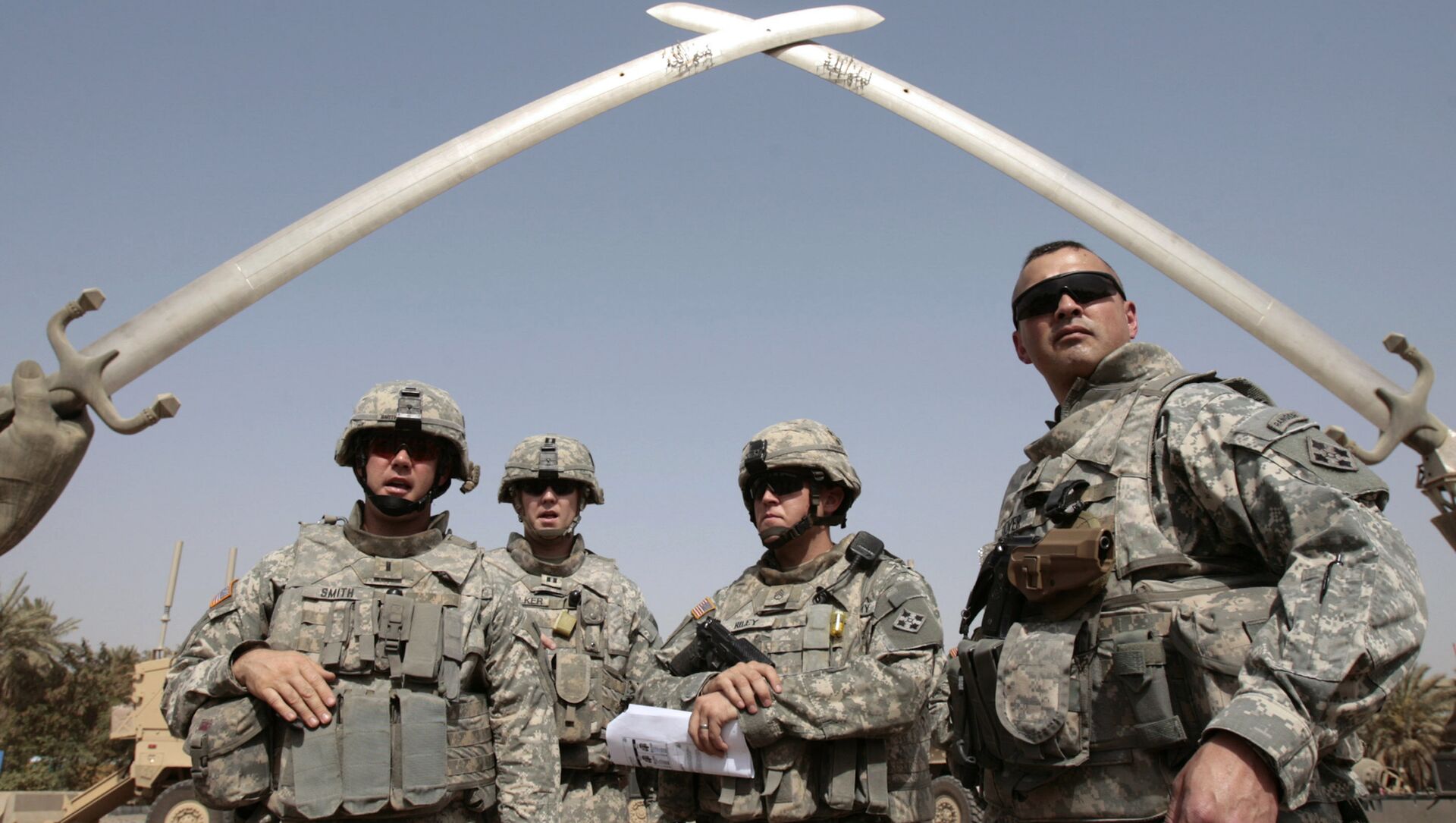The constant deployment of US military resources to conflicts overseas over the past two decades has helped to wash out its strength and readiness, the US Government Accountability Office, the agency that provides auditing, evaluation, and investigative services to the US Congress, has determined.
In a report published earlier this month, a declassified version of which has been made available, the agency determined that “domain readiness,” i.e. resources and capability on the ground, in the air, at sea, and in the space and cyber domains, “did not meet readiness recovery goals identified by the military services.”
Commenting on the cause of these degraded capabilities, the GAO indicated that its analysis revealed that “nearly two decades of conflict has degraded military readiness at a time when the National Defence Strategy calls for preparedness for great-power competition.”
The GAO found that the Navy was hit hardest by the loss of readiness, citing “limited maintenance capacity at private and public shipyards” as its “primary challenge” to restoring the readiness of warships and subs.
The air domain, meanwhile, saw a readiness decline blamed on a multitude of factors, including Hurricane Michael, which swept over a major military base in the Florida Panhandle in 2019, shortages of trained pilots for the Army’s AH-64 attack helicopters, and “the effects of limited depot repair capacity” on the Marine Corps’ light attack helicopters.
As for the space force, the GAO indicated that a lack of readiness reporting at space units has left it unable to effectively track readiness, with the problem compounded by the fact that the Pentagon suffers from a lack of “clear readiness goals for space units.”
Overall, the report, which based its readiness findings on an analysis of fiscal years 2017 through 2019, concluded that while readiness increased in the ground domain during this period, it declined in the sea domain, “and had mixed changes in the air, space and cyber domains.”
The overall decline in readiness comes despite the continued growth of the US military budget throughout the latter half of the 2010s and the first two years of the 2020s, with annual increases alone sometimes accounting for the equivalent of the entire military budgets of “potential adversaries.” The Biden administration’s 2022 budget request asked for $753 billion in national security spending, a 1.6 percent increase including $715 billion for the Pentagon. Together, the US and its NATO allies spend more on defence than all other countries in the world combined – equivalent to over $1 trillion.
A 2019 study by Brown University’s Watson Institute of International and Public Affairs found that the US had spent some $6.4 trillion on the wars in Afghanistan, Iraq, Syria, and Pakistan since 2001, and that these wars directly led to the deaths of over 800,000 people.
Amid the decline in readiness, and its admission that “potential adversaries, most notably China and Russia, have developed and enhanced their own capabilities” to challenge America’s “dominant military advantage,” the GAO indicated that “to maintain the US’s military advantage across all domains in a new security environment characterised by great-power competition, DoD is working to rebuild and restore readiness while also modernising its forces.”




